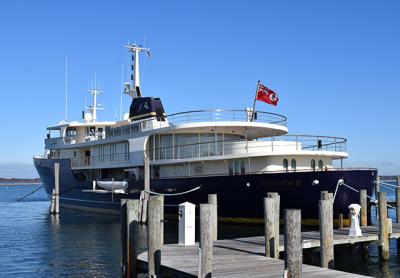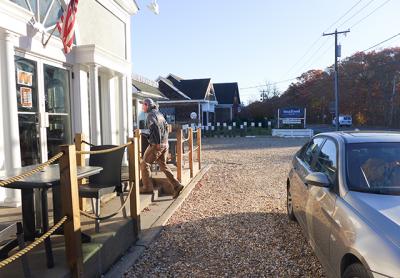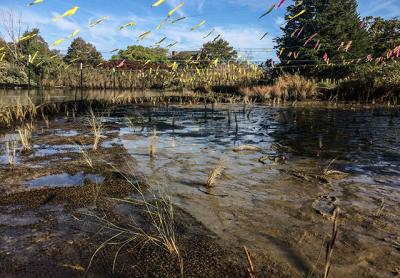East Hampton to Ask Supreme Court to Review Airport Decision
East Hampton to Ask Supreme Court to Review Airport Decision

East Hampton Town will take its effort to enact curfews and other restrictions at East Hampton Airport to the United States Supreme Court.
A decision to appeal to the high court was announced in a press release yesterday. It followed a Nov. 4 ruling by the United States Court of Appeals for the Second Circuit in Manhattan that struck down three East Hampton Town laws adopted in 2015 to address the problem of aircraft noise.
A lower court had allowed seasonal summertime restrictions, including an overnight curfew and an extended curfew for aircraft deemed noisy, while barring the town from limiting noisy planes to one takeoff and one landing a week. The curfews were put into effect on July 2, 2015, and renewed last summer.
In the November decision the Second Circuit Court, asked to review the town's laws by an aviation-interests coalition that included the Friends of the East Hampton Airport, said the town could not restrict use of the airport without federal approval.
Besides asking the Supreme Court to review the Nov. 4 ruling, the town announced on Wednesday that it would lobby Congressional representatives to enact federal legislation providing for more local control of airports owned and operated by municipalities.
"We cannot let stand unchallenged a decision that completely federalizes our small community airport and strips the town of any meaningful local control of the town-owned airport," East Hampton Town Supervisor Larry Cantwell said in the release. "The import of the Second Circuit Court of Appeals decision is to basically federalize every airport in the United States. This is an unreasonable outcome that should be overturned."
The decision to proceed to the Supreme Court was made in consultation with East Hampton's appellate counsel, Kathleen Sullivan and David Cooper of Quinn Emanuel Urquhart and Sullivan. A petition will be filed by the end of January.
East Hampton could have petitioned the Second Circuit Court to review its Nov. 4 ruling before a full panel of its judges, but decided to go directly to the Supreme Court.








